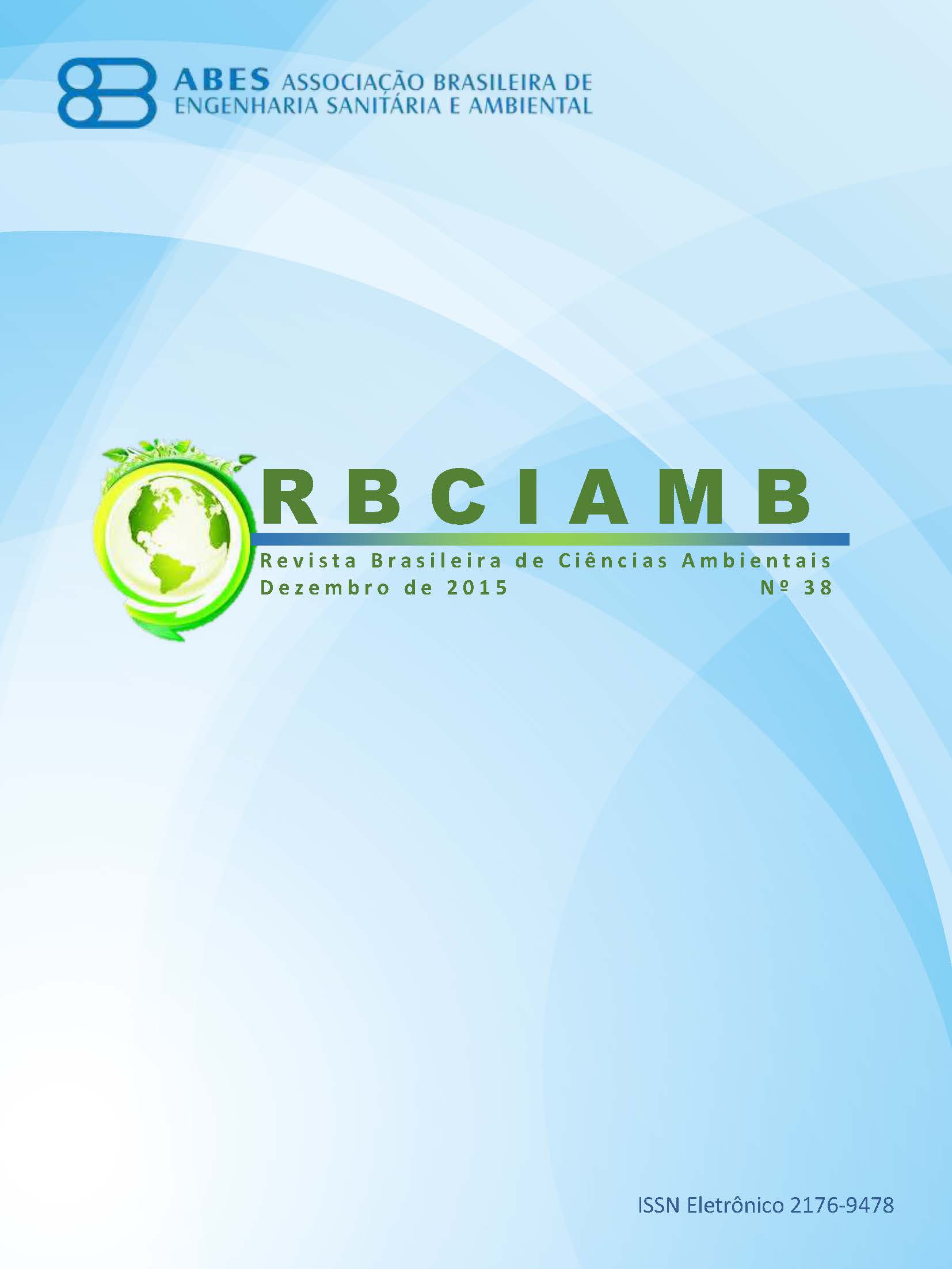TREATMENT OF WASTEWATER FROM THE TEXTILE INDUSTRY BY MOVING BED BIOFILM REACTOR
DOI:
https://doi.org/10.5327/Z2176-947820155714Keywords:
biodegradação; efluente têxtil; MBBR.Abstract
This study aims to evaluate the viability of treatment of wastewater from the textile industry by Moving Bed Biofilm Reactor (MBBR). The wastewater was characterized by chemical oxygen demand (COD), biological oxygen demand (BOD5), spectral area, toxicity, total suspended solids (TSS) and volatile suspended solids (VSS) before and after treatment. The treatment of the wastewater occurred in different organic loading rates from 0.3 up to 9.0 g COD/L.d with 4 stages: adaptation at 0.3 gCOD/L.d and 3 stages at 1.2, 3.0 and 9.0 gCOD/L.d. This reactor was operated for 107 days, reaching 65% removal of COD, 94% of BOD5, 58% of spectral area, 82% of TSS and 87% of toxicity. The results of treatment by MBBR were evaluated using ANOVA with Tukey’s test at a significance level of 0.05. The calculated kinetics of the process showed a maximum specific substrate consumption of rs/SSV0.027d-1, compatible with the biological treatment of wastewater with recalcitrant content. The best removal results were achieved when MBBR was operated at lower organic loading rates.Downloads
Download data is not yet available.
Downloads
Published
2015-12-30
How to Cite
Soler, C. R., & Xavier, C. R. (2015). TREATMENT OF WASTEWATER FROM THE TEXTILE INDUSTRY BY MOVING BED BIOFILM REACTOR. Revista Brasileira De Ciências Ambientais, (38), 21–30. https://doi.org/10.5327/Z2176-947820155714
Issue
Section
Articles
License
Copyright (c) 2015 Revista Brasileira de Ciências Ambientais

This work is licensed under a Creative Commons Attribution 4.0 International License.


























